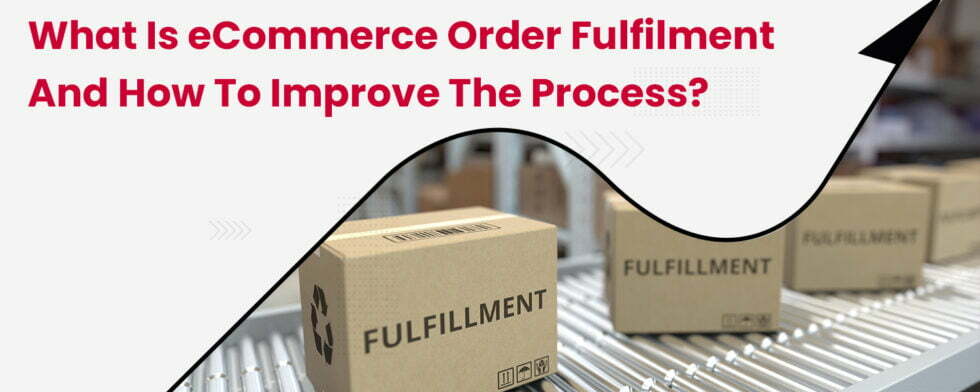Ecommerce fulfillment is the secret revenue driver for the world’s top eCommerce brands. A great website, amazing social media presence, or a dedicated team won’t do justice in getting a loyal customer base if you don’t have the right eCommerce order fulfillment strategy in place. The foremost thing you must understand is that eCommerce fulfillment primarily revolves around meeting today’s customer expectations. Your buyers will go to a different online store if you aren’t able to offer them a two-day shipping experience and a delivery experience as per their expectations.
What is Ecommerce Fulfillment?
Thanks to Amazon, today a huge section of online buyers expects a two-day delivery without additional shipping cost. Consumers want something new every week along with constantly rising expectations of fast delivery. While introducing new products is within your control, managing the shipping of goods is not in your control. eCommerce fulfillment is a process of storing the inventory, picking and packing the products, and shipping online orders to end customers. The process also involves the replacement or return of shipments if the customer chooses to do so.
While you can manage the entire process in-house, outsourcing it to a third-party logistics provider is a better-suited solution for several reasons. The order fulfillment process plays an essential role in your business’s success as it not only affects your customers’ experience, but also the effectiveness of your operations.
Tips to Improve the Order Fulfillment Process?
Your eCommerce business requires a solid fulfillment strategy if you want it to be a success. Following are some factors you should consider before scaling your fulfillment operations.
Importance of location
Though you’re not operating through a brick-and-mortar store, the physical location of your eCommerce business still matters a lot. The location of your inventory storage space helps in deciding the fulfillment cycle time, thus improving customers’ experience. It would be better to store inventory near your customers to deliver orders at the fastest speed. Further, storing the inventory near your customers also helps in reducing the shipping expense due to reduced location distance.
Maintain an Attractive Return Policy
Your return policy is a vital part of your eCommerce fulfillment process. The process doesn’t end when a customer receives his/her order. Rather, it ends when he/she is happy with the purchase and doesn’t want to return the order. Therefore, you should have an effective return policy to process the return orders and due refunds as and when needed.
Maintain Safety Stock
Safety stock is when you keep a specific number of products always in stock, so you never run out of inventory. The purpose of keeping a safety stock is to fulfill the sudden and unexpected spike in order volume. Therefore, you should utilize the safety stock to guarantee an efficient order fulfillment process.
Classify the Inventory
Classifying or organizing your inventory is another smart way to improve your order fulfillment process. The stocking location of products can greatly help or obstruct their moving from a warehouse. Stock the products together that move faster for quick accessibility.
Automate your Order Processes
Automation is the key point for successful order fulfillment. While you may use manual processes at the beginning of your journey, automation helps in reducing the hassle and manual mistakes. By investing in automation and other latest technology, you can reduce your team’s manual efforts, leading to improved productivity.
Reduce Decisions of your Warehouse Employees
In case you choose to store inventory in your warehouse, try to minimize decision-making at their end. Warehouse employees are likely to be more productive when their tasks are pre-defined and don’t require effort and time. As decision-making can interrupt their flow of work, you can make the following decisions to improve your order fulfillment process.
- Deciding orders that need to be fulfilled
- Product locations within a warehouse facility
- Decide the best shipping method for an order
Validate Your Metrics
Different metrics let you evaluate the effectiveness of your processes. Whether your motto is to improve customer satisfaction, reduce the delivery duration, or improve efficiency, you should take care of the following metrics to measure the performance of your fulfillment process.
- Percentage of on-time shipments
- Average delivery lead time
- Fulfillment cost per order
- Order fulfillment error rates
- Inventory turnover
- Supply chain agility
- Return rate
- Customer retention rate
- Customer satisfaction levels
So, where do you want to begin? Since all the successful eCommerce businesses hire terrific eCommerce order fulfillment services, the first step is to evaluate the efficiency of your current fulfillment operations. If there’s room for improvement, you could streamline your process by associating with NimbusPost to avail of its worldwide fulfillment services.




